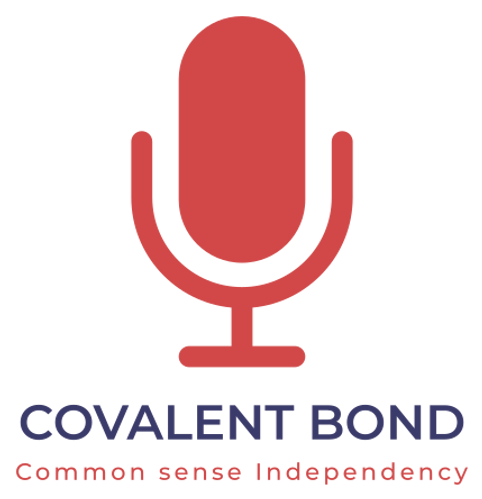Trading Truce in London: China Lifts Restrictions on Rare Earth Minerals, U.S. Eases Some Technological Sanctions
6/11/25
By:
Michael K.
Two-day negotiations concluded with a joint communiqué featuring a “cornerstone” agreement and a roadmap on licenses, quotas and monitoring.

Today, June 11, the results of the two-day trade talks between the United States of America and China were finalized—talks that, as the author noted, represent a continuation of the Geneva “truce.”
Following the London discussions, both sides issued a series of comments and released a joint communiqué recording the framework of agreements reached. The key points and assessments are as follows:
Key Agreement on Rare Earth Elements
– The two countries agreed on a framework under which China will lift export restrictions on rare earth minerals and magnets, while the U.S. will gradually ease certain export controls on goods, including semiconductor-design software and aerospace components (Reuters).
– As explained by U.S. Secretary of Commerce Howard Litnick, this “trade framework” and its implementation plan are intended to settle the issue of rare earth materials: the document will be submitted to President Donald Trump for final approval before measures enter into force (Reuters).
– The American side announced a rollback of some export-licensing checks on semiconductor-design software and aerospace components, contingent on China’s delivery schedule (AP).
Analysts’ Assessment
– Experts view the outcome as an important step “toward restoring the truce,” yet caution that “the devil is in the details”: few expect an immediate lift of all barriers or a full disclosure of rare earth supply volumes. Analysts stress that sustainable gains will require clearly defined volumes and timelines, and markets have so far reacted cautiously (Reuters).
– The S&P 500 and Asian equity venues posted moderate gains in anticipation of a detailed roadmap, while Brent and WTI prices stabilized near seven-week highs amid optimism about future demand (Reuters).
– European and Asian stocks rose on the news: the FTSE 100 approached record highs, and China’s CSI 300 climbed by 1.3 %.
– Ian Bremmer of Eurasia Group warns that, although the framework “buys time,” it does not amount to a comprehensive trade deal, noting that “broader trends of decoupling” could prolong this pact (The Guardian).
Next Steps and Timelines
Both sides agreed to finalize the full text of the agreement and the monitoring mechanisms by August 10; otherwise, previous high tariffs and export restrictions may be reinstated (Reuters).
In the coming weeks, joint working groups will be established to refine details—technical standards, license-issuance criteria and monitoring procedures—including possible involvement of independent auditors:
• Precise volume quotas and license-issuance timelines,
• Monitoring mechanisms (potentially with independent auditors),
• Enforcement procedures for missed deadlines (The Guardian).
Overall, after two days of talks, officials and analysts characterize the result as a “constructive compromise”—a long-awaited restoration of the truce, albeit without an instant resolution of all disputes. The framework agreement sets the direction, but real improvements in trade relations will depend on detailed implementation guidelines and robust monitoring mechanisms.
Latest news



